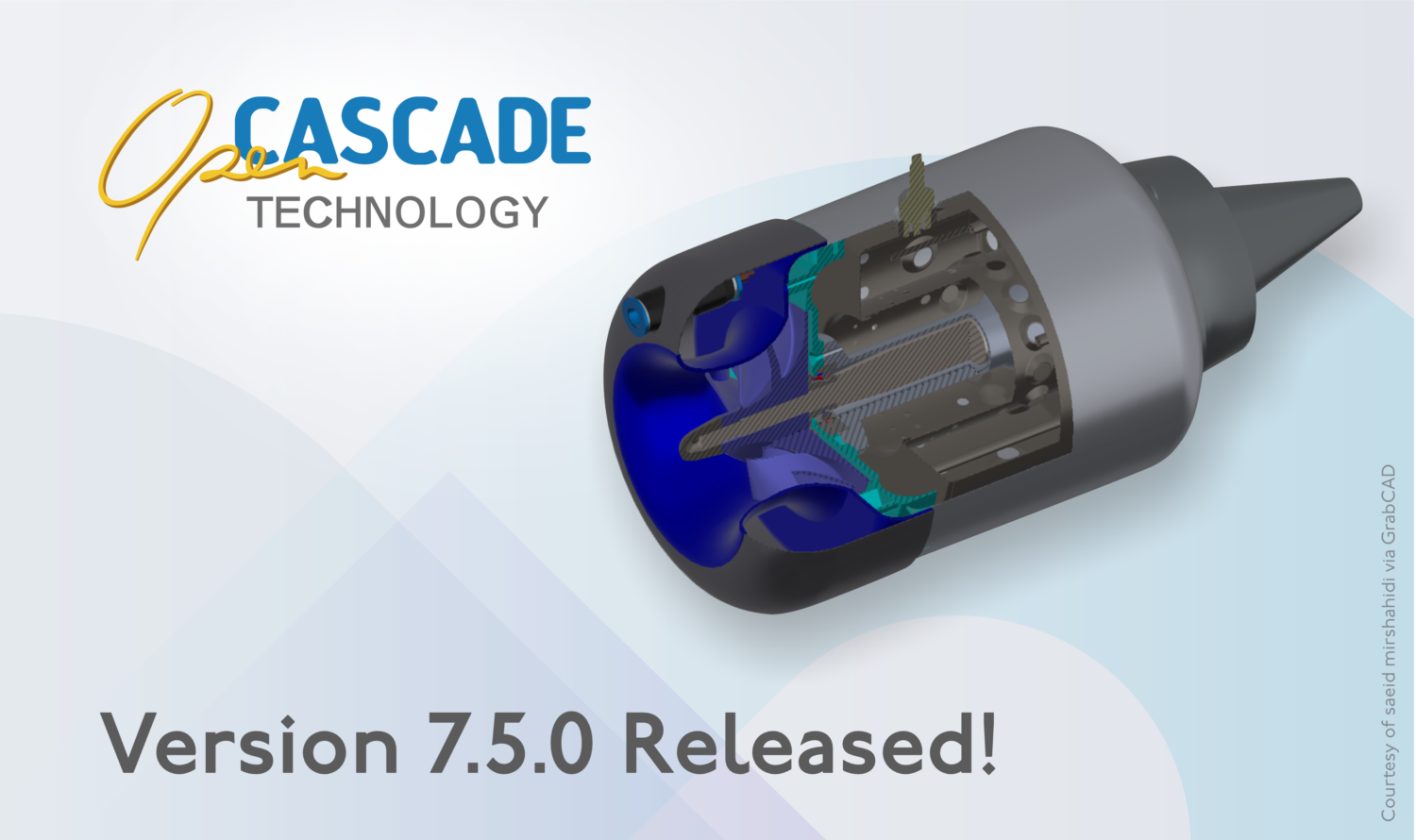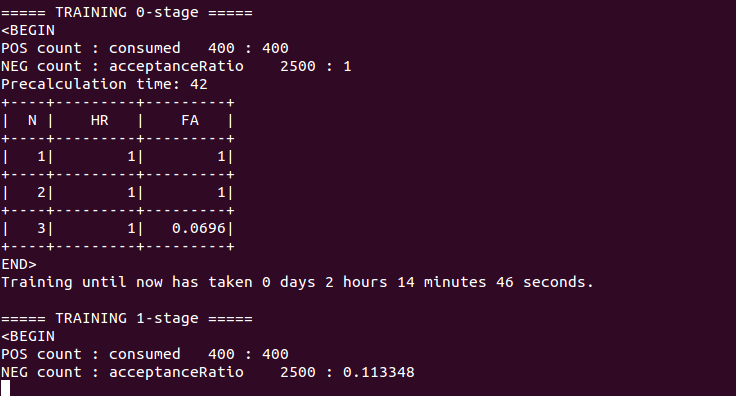

So essentially all these stages’ device model can be in S-param. These RLGC data can easily be converted to corresponding S-parameters. For a homogeneous interconnect such as transmission line, 2D/2.5D field solver can be used to extract their RLGC/tabular model data. Usually an 3D field solver tool like HFSS/Q3D etc will extract physical design into a S-parameter. So stages of various interconnects may be cascaded into a single S-parameter. together to form a consolidated S-param model.įor example, a typical SERDES channel is usually in point-to-point topology. One can also cascade two or more S-param. Using linear algebra, different form (Z, Y, T, ABCD etc) may also be calculated to be used in different scenarios. In a college text-book, a two port network is usually used to explain these incidental/reflective relationships. So its format is like a frequency dependent matrices each with dimensions equivalent to the square number of ports.

incidental and reflective) of each “port” under certain reference impedance at various frequencies.

A S-param model is basically a power view (i.e. In modern channel design, scattering parameters (S-param) is a commonly used to represent passive interconnects.


 0 kommentar(er)
0 kommentar(er)
